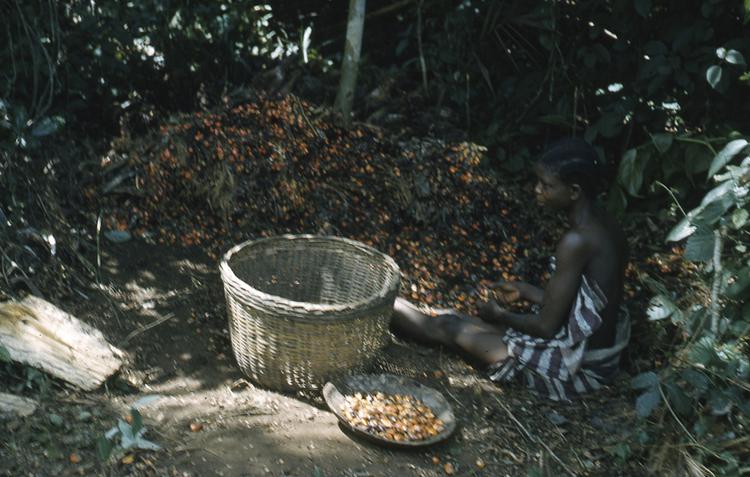
Community Commentary by Ajetunmobi within research project: 'Rethinking Relationships and Building Trust around African Collections' 2021
Palm kernel, a fruit from the palm tree, can be processed into many things. Palm tree is perhaps one of the agricultural trees explored by the Yoruba people to the fullest. Palm oil is produced from the palm kernel fruits after some processes. Firstly, the palm kernel fruits are mashed, washed and cooked. After cooking, they are locally pounded to remove the shafts and sieve it properly. The liquid from the process, yellowish in colour is re cooked to get pure palm oil. After this the palm oil is gently sieve. Palm oil known as ‘epo pupa’ in Yoruba language is divided into three. The first part is called ‘ogere’. This is the purest form and the lightest part of palm oil; it is always the topmost layer and used to dilute the entire keg of palm oil. The second part is the ‘epo’. This constitutes about 60 to 80 percent of the palm oil. The third part is the minutest part of palm oil and known as ‘isale/ irale epo’. This is expected to be just about five percent of any good palm oil.
Palm oil is dominantly processed by women in Yoruba land. However, men help to cultivate the palm kernel directly from the palm tree. All the other processes are done by women; from removing the fruits from the harvested palm kernel to the processing of these to make Palm oil. Beyond palm oil, children also take on the opportunity to convert the palm fronds into brooms and make small income for themselves and their families.
The Shafts, end products of palm kernel oil, called ‘Oguso’ is also useful. The shafts are spread out by women and traditionally use as the fuel to start fires for cooking. The women also extract the oil from palm kernel nuts and used for cream and ornament purposes.



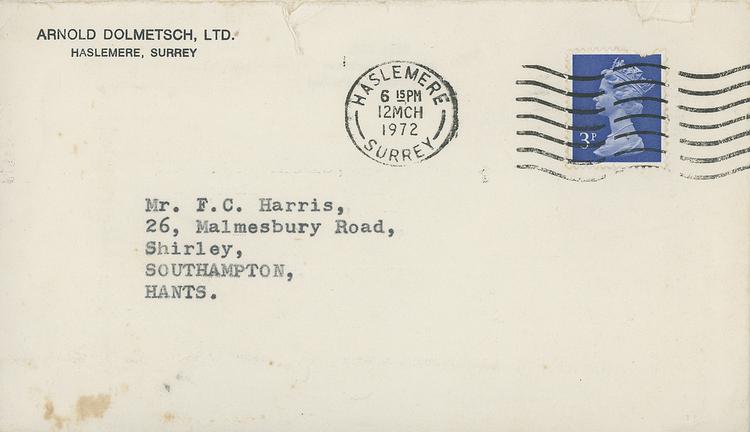
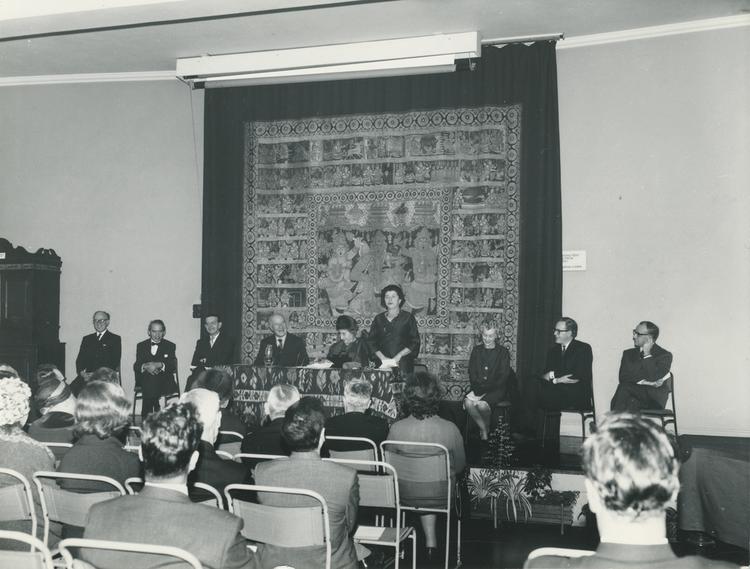
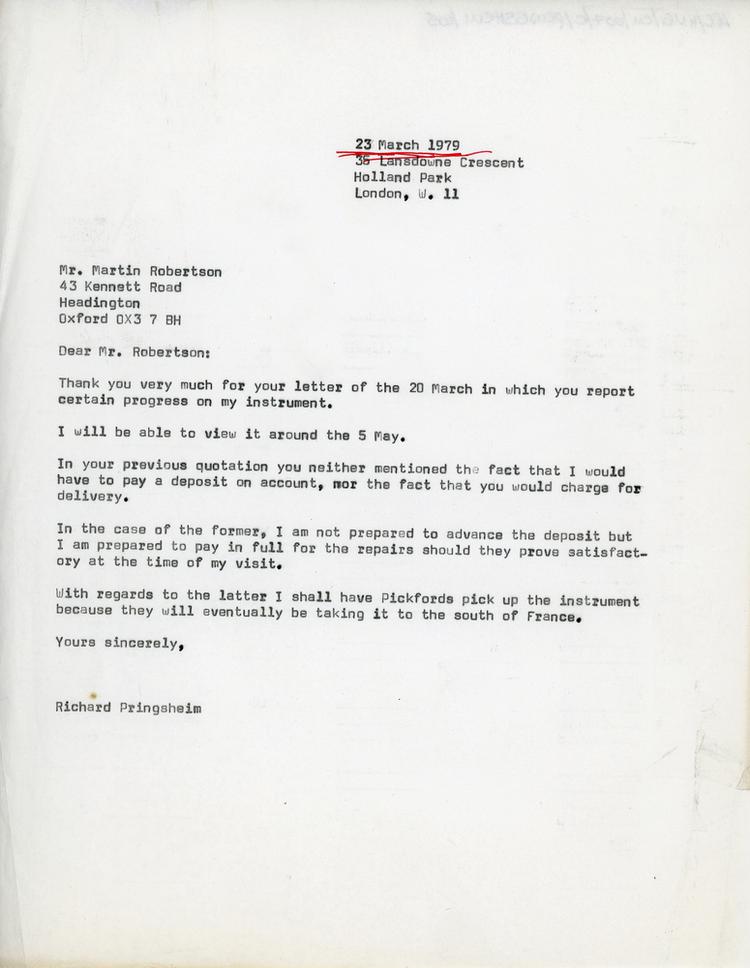
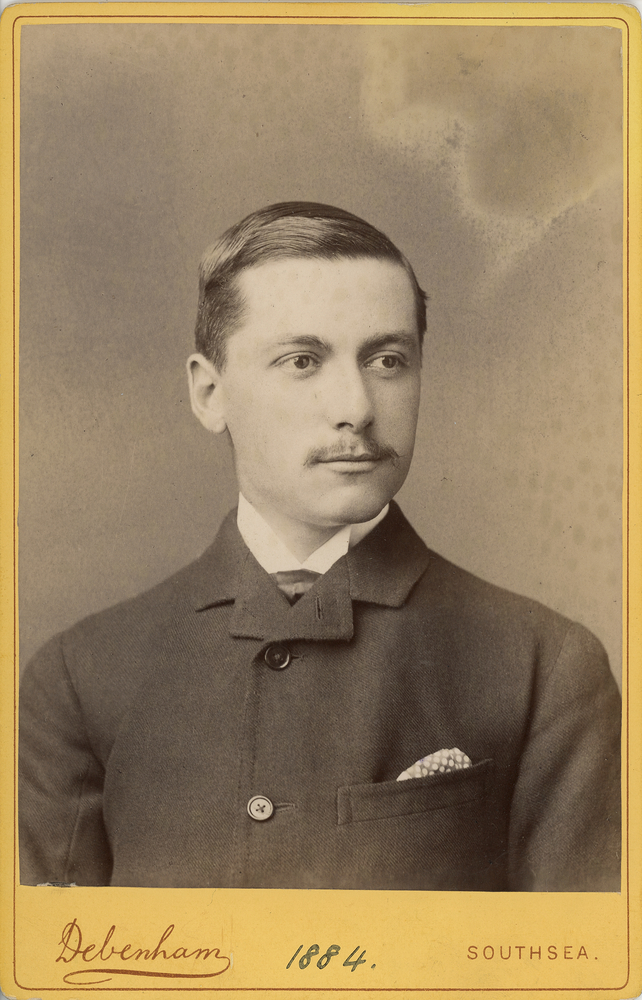
Community Commentary